Installing a metal roof drip edge is an essential step in protecting your roof from water damage and ensuring a long-lasting structure. The drip edge is installed at the edges of the roof to direct rainwater away from the fascia and into the gutters. This helps prevent water from seeping under the roofing materials, which can lead to rot, leaks, and other costly issues. By following a few straightforward steps, you can effectively install a metal roof drip edge, enhancing the durability and performance of your roofing system. This guide will provide you with the necessary tools, materials, and instructions for how to install metal roof drip edge successfully.
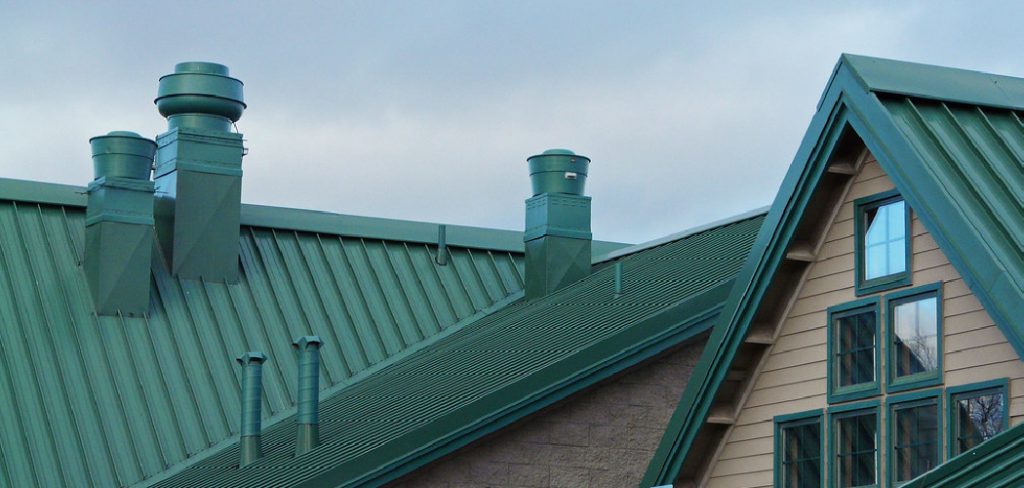
What is a Drip Edge?
A drip edge is a critical component of a roofing system designed to safeguard the edges of the roof. It is typically made of metal, such as aluminum or galvanized steel, and is installed at the roof’s perimeter. The primary function of a drip edge is to direct water away from the fascia board and into the gutter system, preventing water infiltration and protecting the roof deck and other structural elements. The drip edge also helps secure roofing materials and enhances the roof’s overall aesthetic by providing a clean, finished look. By reinforcing the roof’s edges, the drip edge contributes significantly to the long-term resilience and effectiveness of the entire roofing assembly.
10 Methods How to Install Metal Roof Drip Edge
1. Understanding the Purpose of a Drip Edge
Before diving into the installation process, it’s essential to understand the role of a metal roof drip edge. The drip edge is a piece of metal flashing that is installed along the roof’s edges to direct water away from the fascia and into the gutters. Its primary purpose is to prevent water from seeping under the roof and damaging the underlying structure, including the fascia board, soffits, and even the roof decking.
Additionally, a drip edge protects the roof from wind-driven rain, helps prevent ice dams in colder climates, and enhances the overall lifespan of your roof by providing added protection against moisture-related issues. With its critical role in protecting your home from water damage, installing a drip edge correctly is a crucial aspect of any roofing project.
2. Choosing the Right Drip Edge Material
Before you begin installing the drip edge, selecting the appropriate material is important. Drip edges are commonly made from aluminum, galvanized steel, or copper. Aluminum is lightweight and rust-resistant, making it a popular choice for residential roofs. Galvanized steel is stronger and more durable, offering superior protection but may require extra precautions to prevent corrosion over time.
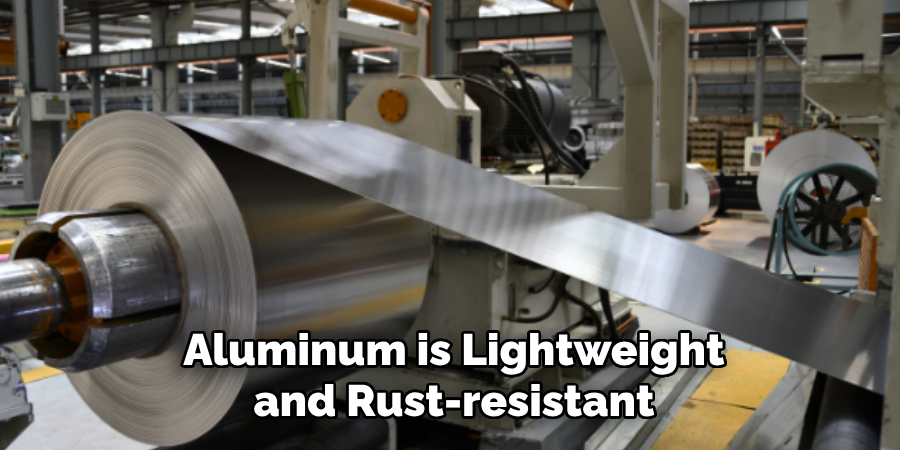
Copper is the most durable option, but it is also more expensive and typically used for high-end or historical buildings. When selecting your drip edge material, consider the climate and environmental conditions in your area. For example, in coastal regions with high salt content in the air, aluminum or copper is a better option due to its rust resistance.
3. Measuring and Cutting the Drip Edge
Proper measurements are essential for a successful drip edge installation. Begin by measuring the length of each edge of your roof where the drip edge will be installed, including the eaves and gable ends. Be sure to account for overlaps, as each section of drip edge should overlap the adjacent piece by at least 2 inches. Once you have your measurements, use tin snips or a metal-cutting saw to cut the drip edge pieces to the correct lengths.
Accuracy is key here—improperly cut pieces can lead to gaps, poor alignment, or sections where water might penetrate. For roofs with valleys, extra care should be taken to ensure the drip edge is cut to accommodate these features.
4. Preparing the Roof Deck for Installation
Before installing the drip edge, it’s essential to prepare the roof deck to ensure a smooth and secure fit. If you are working on a new roof, this step is straightforward, as the deck will already be exposed. However, for existing roofs, you’ll need to remove the first row of shingles or tiles along the roof’s edge. This will allow you to slide the drip edge under the roofing material. Be careful when removing shingles to avoid damaging them, especially if you plan to reuse them. After the shingles are removed, clean the area, ensuring that the deck is free of debris, dust, or any old nails that could interfere with the installation.
5. Installing the Drip Edge Along the Eaves
Start the installation process by attaching the drip edge along the eaves, the lower edge of the roof that extends beyond the exterior walls of the house. Position the drip edge so that it extends over the edge of the roof and directs water into the gutters. The flat part of the drip edge should rest on top of the roof decking, with the angled part hanging over the edge. Use roofing nails or screws to secure the drip edge to the roof deck, placing them at regular intervals, typically every 12 inches, to ensure a tight fit.
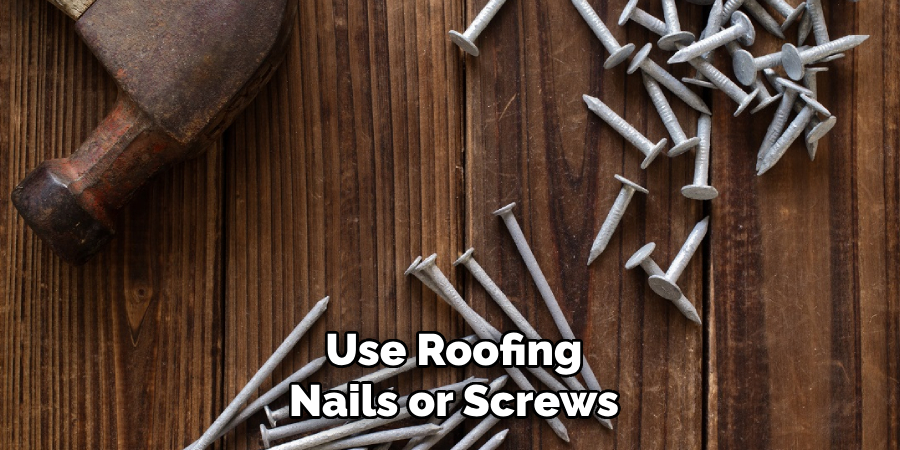
It’s important to install the drip edge before applying any underlayment or shingles, as this ensures that water flows directly off the roof without getting trapped underneath the roofing materials.
6. Overlapping Drip Edge Sections for Maximum Protection
As you install the drip edge, ensure that each section overlaps the adjacent piece by at least 2 inches. This overlap is critical for preventing water from seeping between the pieces of drip edge and reaching the roof deck. To create a smooth overlap, slightly bend the top of the overlapping section to match the angle of the piece beneath it. Secure the overlapping sections with nails or screws at the points where they meet to ensure a seamless connection. Overlapping the drip edge sections correctly creates a continuous, watertight barrier along the roof’s edge, directing water safely into the gutters and away from vulnerable parts of the roof.
7. Installing Drip Edge Along the Gable Ends
After the drip edge has been installed along the eaves, the next step is to install it along the gable ends, or the sloped edges of the roof. Begin at the bottom of the gable and work your way up, ensuring that each piece of drip edge overlaps the one below it. Like with the eaves, the flat part of the drip edge should rest on top of the roof deck, and the angled part should hang over the edge.
Use nails or screws to secure the drip edge to the deck, spacing them evenly along the length of the gable. Proper installation along the gable ends ensures that water runs off the roof’s sides, preventing it from dripping down the walls and causing damage to the siding or foundation.
8. Sealing and Securing Roof Valleys
Roof valleys, where two roof planes meet, require special attention during drip edge installation. Begin by cutting a piece of drip edge to fit the valley, ensuring that it extends up both sides of the valley by several inches. Valleys are particularly prone to water pooling, so it’s crucial to ensure the drip edge provides adequate coverage. Secure the drip edge along the valley with nails or screws, ensuring that it lies flat against the roof deck. If necessary, use roofing sealant to reinforce the edges and ensure a watertight seal.
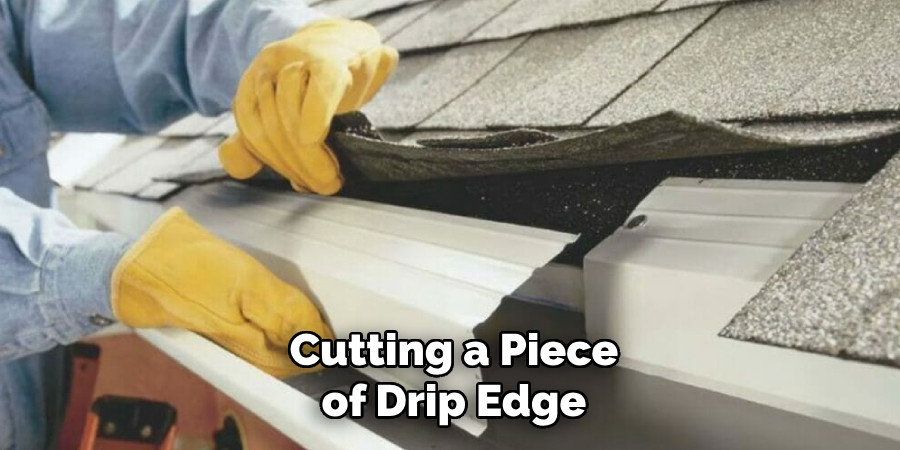
9. Reinstalling Roofing Materials
Once the drip edge has been fully installed along the eaves, gables, and valleys, it’s time to reinstall any roofing materials that were removed. If you took off shingles or tiles during the preparation stage, replace them, ensuring that they overlap the drip edge slightly to create a seamless transition. When reinstalling shingles, be sure to nail or fasten them according to the manufacturer’s guidelines, ensuring they are securely attached to the roof deck. Pay extra attention to the areas where the drip edge meets the roofing material to prevent any gaps where water might seep through.
10. Performing a Final Inspection
After the installation is complete, perform a thorough inspection of the entire roof edge to ensure the drip edge has been installed correctly. Check for any gaps, loose nails, or misaligned sections that could allow water to penetrate. Pay close attention to the overlapping sections and roof valleys, as these areas are most prone to leaks if not installed properly. Additionally, inspect the gutter system to ensure it is properly aligned with the drip edge, allowing water to flow freely from the roof into the gutters.
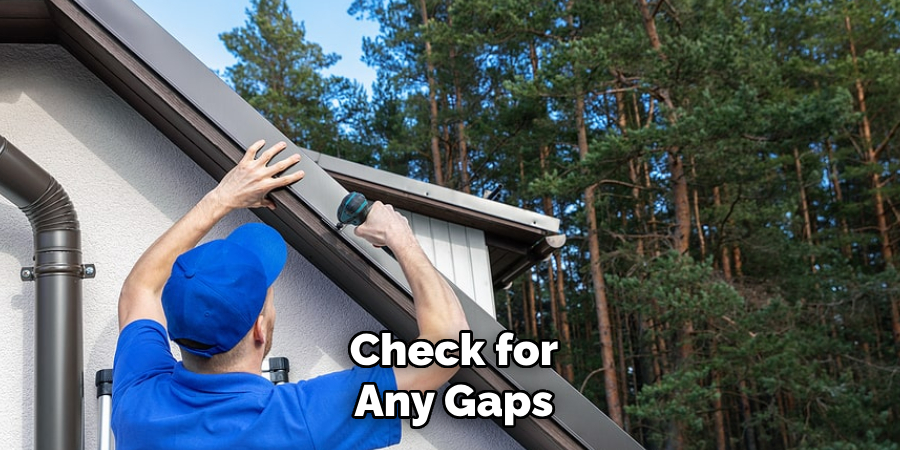
Conclusion
Proper installation of a drip edge is an essential component for ensuring the longevity and effectiveness of your roofing system. By carefully following each step—from preparation to final inspection—you help safeguard your home from potential water damage. Thanks for reading our blog post on how to install metal roof drip edge! We hope you found it helpful and informative.
